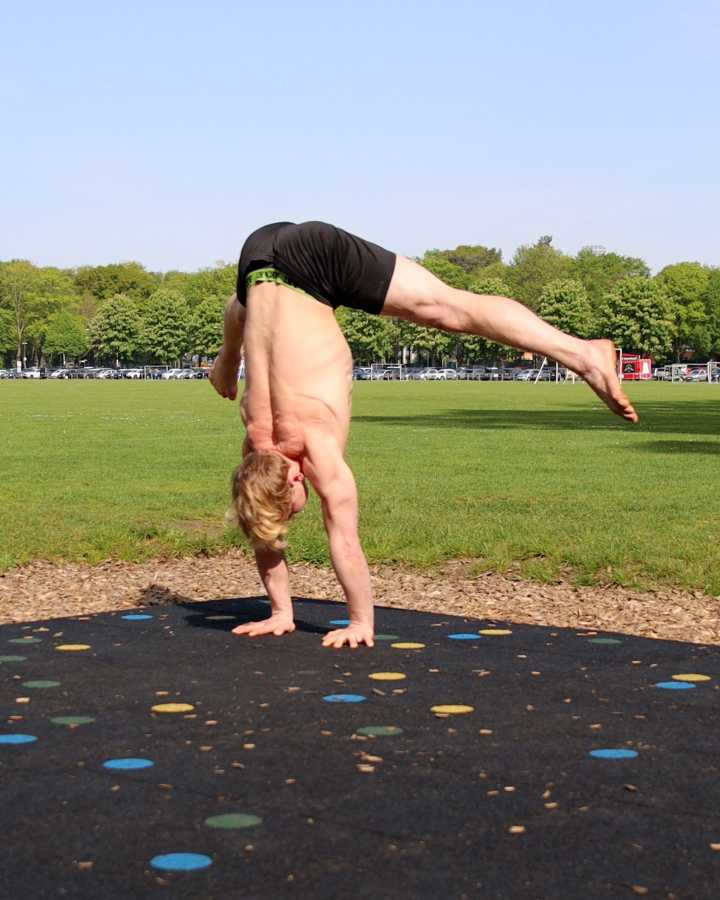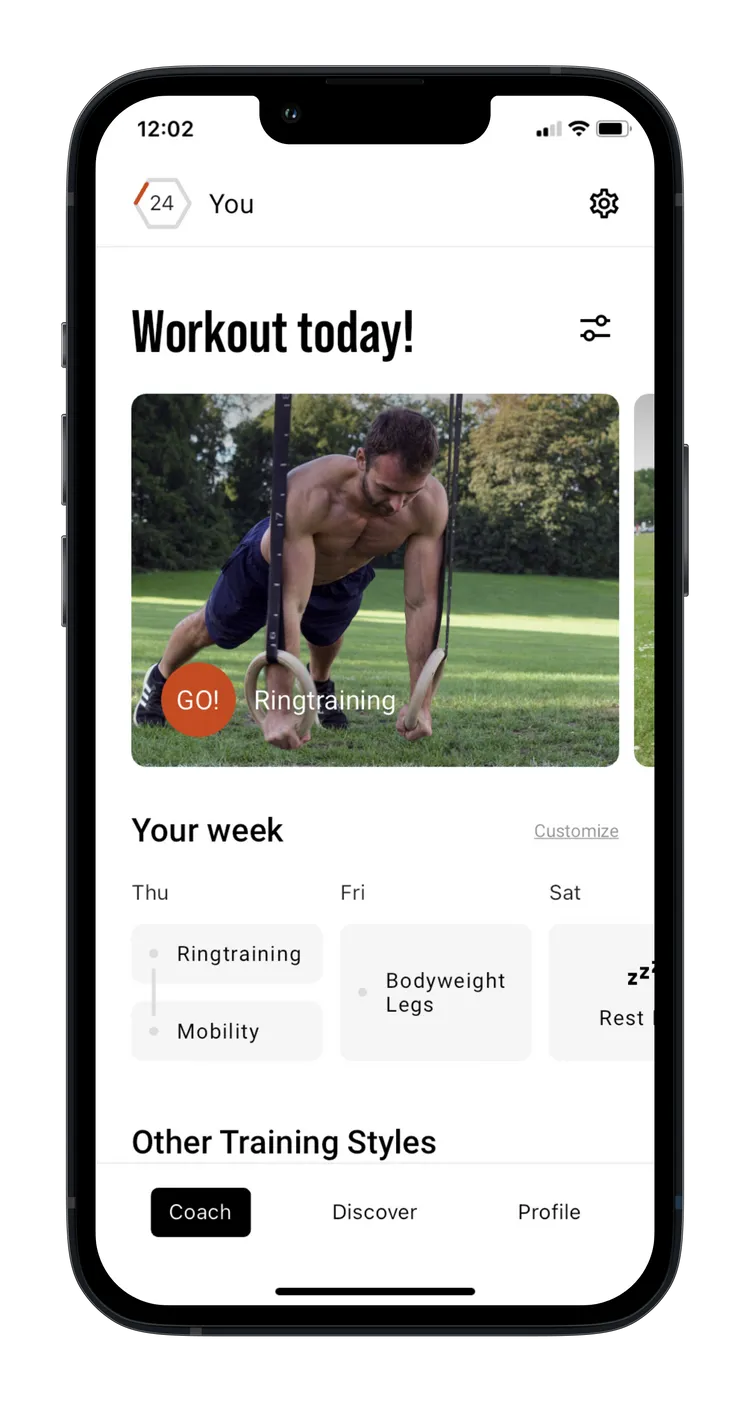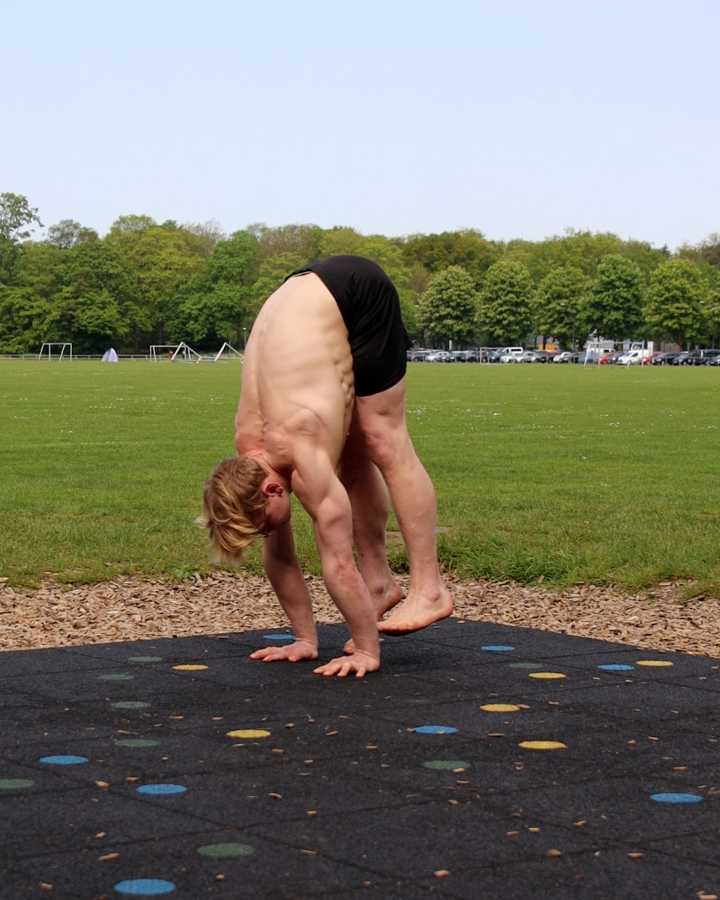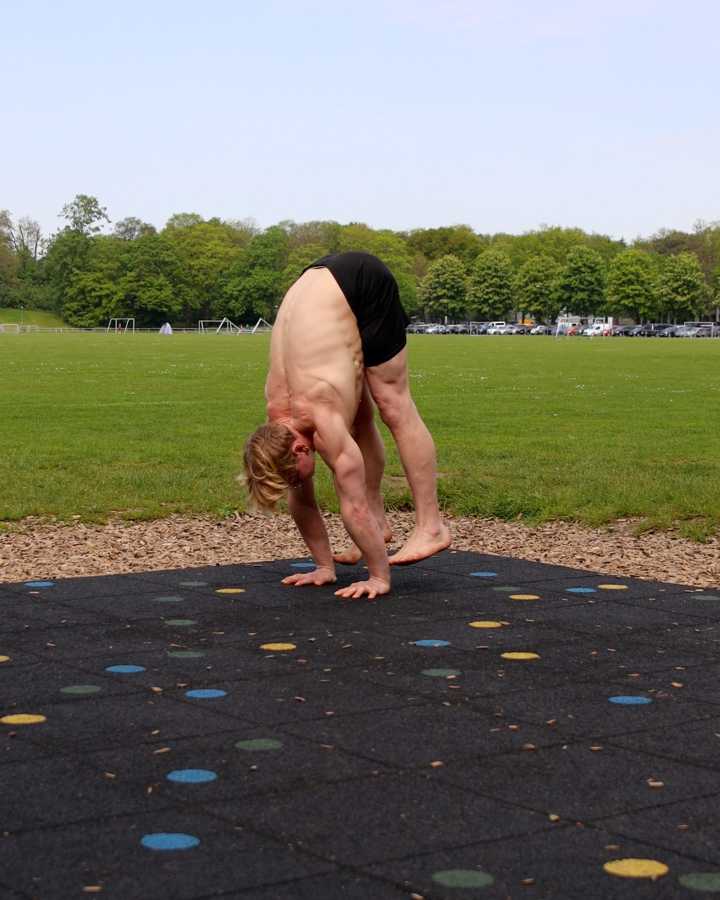Straddle Press Handstand
The Press Handstand is one of the most challenging ways to get into the Handstand. You start from a straddle position and pull your legs past your body into the handstand. This exercise requires a high level of strength, flexibility, and stability in the handstand.
Straddle Press Handstand - the correct execution
- Position your hands shoulder-width apart on the parallettes or on the floor
- Bring your feet as close to your hands as possible
- Keep your head between your shoulders and look towards the ground
- Push up with a rounded back and elevate your shoulders towards your ears
- Keep your arms fully extended and distribute your body weight evenly on your hands
- Lean forward on your hands until you can lift your feet off the ground using your tiptoes
- Raise your legs up in as large a circle as possible into the handstand and close your feet when your hips are fully extended
- Extend your spine vertebra by vertebra as you rise into the handstand position
- Try to control the balance using your fingers
The exercise Straddle Press Handstand is intended to be used as a technique exercise.
Which muscles are trained by Straddle Press Handstand?














Primary trained muscles for Straddle Press Handstand
Front Delts - The front part of the deltoid muscle, also known as the anterior shoulder, is located at the front of the shoulder. It is primarily involved in the forward movement of the arm, such as lifting the arm forward. It also assists in the internal rotation of the arm. This muscle is engaged in activities that involve lifting objects in front of the body or pushing forward.
Upper Back - The muscles in the upper back, including the trapezius and rhomboid muscles, help move and stabilize your shoulders. They pull the shoulder blades together and support posture.
Secondary trained muscles for Straddle Press Handstand
Hipflexors - The hip flexors, including the iliacus and psoas major muscles, allow you to bend your leg and torso forward.
Lower Back - The erector spinae muscle runs along your spine and helps you extend your back and stand upright.
Triceps - The triceps brachii muscle is located at the back of your upper arm. It extends your arm at the elbow and also helps move the arm backward.
Forearm - The forearm muscles are divided into flexors and extensors. The flexors bend your wrist, while the extensors straighten it.
Alternative variants of Straddle Press Handstand:
Press Handstand Lifts
The Press Handstand Lifts lift serves as a preliminary exercise for the full Press Handstand, as it gradually builds the necessary shoulder and core strength, as well as balance. The controlled lifting of the legs in the lift helps to solidify the basic compression ability.
Press Handstand Lifts - the correct execution
- Position your hands shoulder-width apart on the parallettes or on the floor
- Bring your feet as close to your hands as possible
- Keep your head between your shoulders and look towards the ground
- Push up with a rounded back and elevate your shoulders towards your ears
- Keep your arms fully extended and distribute your weight evenly on your hands
- Lean forward on your hands until you can lift your feet off the ground using your tiptoes
- Lift your feet off the ground and alternately touch your forearms with your toes
- Shift your weight back and place your feet back on the ground
Press Handstand Raises
Press Handstand Raises focus on lifting the legs. This exercise develops the necessary strength in the shoulders and control in the core and legs.
Press Handstand Raises - the correct execution
- Position your hands shoulder-width apart on the parallettes or on the floor
- Bring your feet as close to your hands as possible
- Keep your head between your shoulders and look towards the ground
- Push up with a rounded back and elevate your shoulders towards your ears
- Keep your arms fully extended and distribute your weight evenly on your hands
- Lean forward on your hands until you can lift your feet off the ground using your tiptoes
- Lift your feet off the ground and alternately touch your forearms with your toes
- Raise your legs up in as large a circle as possible into the handstand and close your feet when your hips are fully extended
- Extend your spine vertebra by vertebra as you rise into the handstand position
- Try to control the balance using your fingers
This could also be interesting
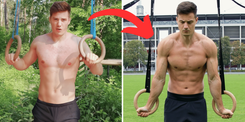
Calisthenics Body Transformation – How to Build a Strong, Lean, and Athletic Physique
Transform your body with Calisthenics! Build muscle, burn fat & achieve a shredded physique with bodyweight training. See real before & after results!

The Best Fitness Apps in 2025: Our Top 10 Recommendations
Don’t miss the best fitness apps of 2025: surprising favorites, free options, and perfect tools for your workouts. Find the ideal app today!
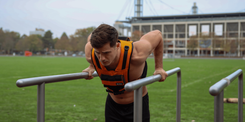
Complete Calisthenics Skills List – 40+ Exercises from Beginner to Pro
Which calisthenics skills should you learn first? And which ones will really help you progress? In this article, you’ll find a complete list of over 40 exercises – from the very basics to the toughest moves for professionals. Each exercise comes with instructions, so you can immediately integrate them into your training.
